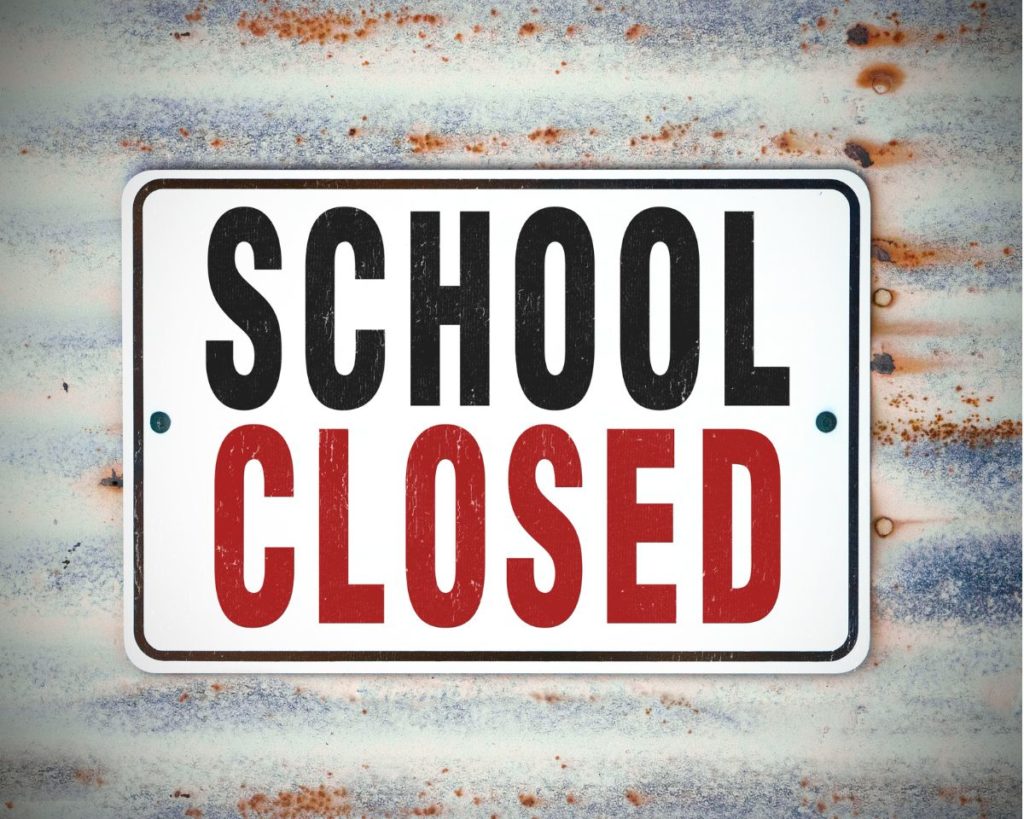Denver Public Schools, like nearly every other urban school district in the country, is experiencing declining enrollment. Other large metro districts, including Jeffco and Aurora, are facing similar challenges as birth rates drop and housing costs accelerate, driving out lower income families.
DPS is projected to lose 1-2% of its student population each year for the foreseeable future.
Effectively managing declining enrollment is difficult for any school district. Schools are community hubs and are often important symbols of a neighborhood. No one wants to close or merge one school into another. Communities rarely get behind a school closure.
And yet school districts must effectively manage their budgets so that dollars flow directly into supporting students, not into underutilized buildings or supporting schools that are hobbled by low enrollment, making it impossible to deliver a full educational program to students.
It is possible to manage declining enrollment effectively. To do so, district leadership must simultaneously do four things well, as Brian Eschbacher and I described in a recent Education Week article, The New Problem Facing Urban School Districts:
- Create a fact basis led by community leaders,
- Design instructional/school plans so that achievement improves for the students most impacted,
- Ensure families that are affected get far better supports and services,
- Manage the politics at the neighborhood and city levels so that the plans are strongly supported.
We have seen far too many instances in Chicago, Detroit, and in Denver, where students directly affected by a school closure were no better served after the process than they were previously in the under-enrolled, struggling school.
And in many school districts, a botched downsizing has led to the end of a superintendent and board’s tenure.
The vast majority of schools now being targeted by DPS for consolidation or closure are composed of 90-plus percent low-income Black and Latino students. These schools are located predominantly in the neighborhoods most affected by gentrification.
Southwest Denver, an area that has struggled to have effective schools for decades, will be the hardest-hit part of the city with the proposed focus of phasing out schools based primarily on enrollment numbers.
The latest achievement data from DPS, while fuzzy and imperfect interim assessment reports, suggest that only about 5% of students in many of these schools are approaching grade level in literacy or math.
The last solid achievement data from schools in 2019 suggest that approximately one-quarter of students are on track for grade-level proficiency. So not only are these students having the biggest hill to climb academically without school “consolidation,” they now will have to deal with the consequences of losing their school and having to readjust to a new environment.
It does not have to be this way.
Last week, the Declining Enrollment Advisory Committee shared its recommendations with the Board of Education after many months of controversy that included a list of potential schools targeted that was released, and then rescinded by Superintendent Alex Marrero.
Unfortunately, the recommendations said nothing about how students may be affected and what the district expects to do to support their families.
The report did make it clear that staff would be guaranteed jobs at other schools. It would have been helpful if the same considerations had been made for students.
After months of discussion the committee came up with just one recommendation. Schools with enrollment of less than 215 students or schools with fewer than 275 and projections of enrollment declines of 8% should be considered for “consolidation –” a euphemism for closure.
The report provided no rationale for how these enrollment numbers were chosen. Is this the minimum size for running a DPS elementary school with all of the expected program supports?
What is the instructional design for an elementary school in DPS and why are some schools in DPS working well with fewer than 275 students? What happens if you have more than 215 and no projected declines in enrollment?
And what about the facilities? What happens if you are in a facility designed for 500 students but you only have 276 students? Nearly all of the schools, now unnamed, that fall into this category serve predominantly low-income students of color. Why do they have to pay the price?
There are myriad unanswered questions in this report. Notably, but not surprisingly, there were no questions from the board regarding any of these points when they received the report last week. The one exception was board member Tay Anderson appropriately asking what happens if some of these schools are actually effective at educating students?
DPS still has an opportunity to keep this process from devolving into a fiasco, but that will require the district to address the impacts on families who will be directly affected by any school closure. This means living up to its own statements about putting equity first in addressing declining enrollment, and providing a detailed list of real commitments, not jargon-laden platitudes, for all of the families who will be hit by school closures.
Many of their children will have to travel farther to attend schools that are no better and possibly worse than the shuttered schools. DPS should work to build great schools, with the best leaders and teachers, in the neighborhoods adjacent to the closing schools.
The district must also prioritize allowing these families to send their children to any school in the district, district-run or charter, with free and convenient transportation provided.
By going about this painful process strategically and intelligently, DPS could turn the impact of closure on students from a cost to a benefit.
But if the district’s only strategy is to move students from one low-performing school to another, those students who always seem to bear the brunt of bad decisions will do so again.




